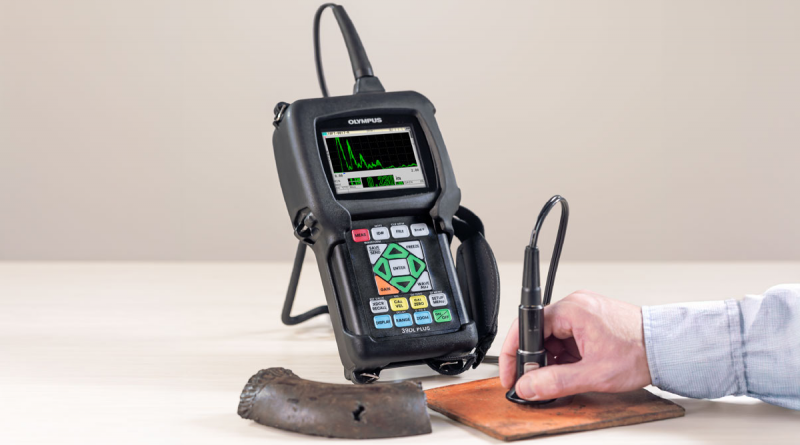Instron Launches Next-Generation Autoinjector Testing System
Instron has announce the release of the next-generation Autoinjector Testing System for full functionality testing of pen and autoinjectors to ISO 11608. Developed in close partnership with pharmaceutical companies and CDMOs, this system measures a variety of essential performance requirements, including cap removal, dose accuracy, activation force, injection time, needle depth, and needle guard lockout.
Read Article →









